|
Teachers of Multilingual Learners have unique roles, special jobs! They not the same as most of the other teachers in the building. Here are a few articles to help get the year started on the right foot.
4 Things You Can Take OFF of Your List Before School Starts 3 Common 1st Day of School Mistakes Things To Do with MLs During the 1st WEEK of School 5 Ways to Start Off Your Class Period with MLs Last year this article was shared and greatly loved. This year, I'm adding to it to include one additional support.
Multilingual learners count on us to provide high-quality, comprehensible, and culturally responsive instruction in each lesson in every classroom. Here are 23 practical and efficient ways (in no particular order) we can support multilingual learners as they climb to become our future global leaders. *The terms multilingual, emergent bilingual, and English learner are used interchangeably in this article and also include the acronyms MLs, EBs, and ELs. Teachers of multilingual learners or English learners need many tools and supplies in their toolbox. And they may travel from class to class or even school to school. Here are a few of my own favorite classroom essentials.
I have fond memories of cuddling up next to my tata (Serbian for daddy) before bedtime and listening anxiously as he told stories he remembered or even ones he made up. As an immigrant family from the former Yugoslavia, we brought little with us when we came to America. Books were heavy and did not make the journey. Storytelling, however, was a cherished time in our home. My favorite story was Hansel and Gretel.
**a version of this blog post was first published on BookBuzz. Multilingual learners count on us to provide high-quality, comprehensible, and culturally responsive instruction in each lesson in every classroom.
Here are 22 practical and efficient ways (in no particular order) we can support emergent bilinguals as they climb to become our future global leaders. *The terms multilingual, emergent bilingual, and English learner are used interchangeably in this article and also include the acronyms MLs, EBs, and ELs. Teaching multilingual children is a gift. It’s truly a joy. In my own classroom, I learned so much from my students, especially those that spoke more than one language.
Over the years, one thing I learned from experience as well as through professional learning is that each student deserves to be seen and served individually. No one size fits all approach works. While differentiation may seem daunting, it’s actually not that scary. Dr. Stephen Fleenor describes differentiation as “not creating individualized lessons...it is creating environments in which students at all different levels, all different proficiencies...can each thrive and each grow one level up in that lesson”. Dr. Fleenor offers two wise suggestions for creating of environments that offer differentiation: This article was originally shared on the Seidlitz Blog on April 29, 2020.
Imagine you are a second grade student born in America, and you only speak English. You’ve attended English schools until now. But your father’s job has relocated your family to France, and now you are in a classroom filled with students and a teacher who only speak French (a language you have never spoken). The science teacher hands you a book and signals for you to read it. You open the book and find that it is filled with pictures…no words. First a group of horses. A mare feeding a foal. A colt running wild. Then a group of pigs, chickens, cows, etc. Instantly, you begin to think about the information you know about animals. What they are called, where they live, what they eat, etc. Though you aren’t able to communicate this information in French yet, you are able to follow along with the class and think in English using the schema and background knowledge you have about animals. Why Use Wordless Picture Books? This article originally posted on Middle Web on 1/6/2019. This is an updated version that includes how to promote academic language during distance learning.
“My kids seem to speak English well, but when it comes to academic tasks, they struggle.” We often wonder why English learners have a difficult time with standardized tests and essays in content areas but are able to communicate with peers and get along fairly well on a day to day basis. The reason behind it may be that academic language is different from everyday language. Academic language takes from 5-7 years to acquire while social or conversational language (often known as BICS, basic interpersonal communicative skills coined by Jim Cummins) only takes 2-3 years. What we know is that students need to make greater gains in academic language in order to become successful in school and post secondary. Academic language is the language of the content area of instruction. It is the textbook talk and vocabulary and syntax used in lectures and class presentation. It is not just single words and includes phrases and sentences as well. It is critical that English learners are offered many opportunities on a daily basis to practice using academic language. Why? We have to consider that some English learners go home to environments where they speak another language in the home. And that is awesome! Bilingualism has great benefits. However, to develop bilingualism, when they are in our classrooms or under our instruction, we have to build as many opportunities as possible for English language development using domain specific vocabulary. We have to put the language in their mouths. Other students (including native English speaking students) may go home to English speaking households, but the level of vocabulary or conversation may not be where we’d hope. This is yet another reason why our instruction (be it face to face or remote) needs to be filled with opportunities for students to use academic language. How can we get students to use academic language? Below you will find 10 ways to get students, especially English learners, practicing academic language in your classroom and beyond. The first thing we do with students can set the tone for our time together. Starting the period off on the right foot is critical to a successful lesson. Read on to discover five ways to start your class period in engaging and welcoming ways whether you are a general education teacher or an ESL teacher that pulls students out.
What is the difference and Why should we care?Well, first and foremost, we should care if we want our students to speak like scholars. If we want our students to be marketable after they graduate. If we want them TO graduate! Then we should care! Sentence stems and frames are scaffolds as students learn language and content.
Sometimes educators use the terms sentence stems, sentence starters and sentence frames interchangeably. You may wonder...are they the same thing? The answer is no, they are are not the same. They have their own form and function.
Teaching language structures is one of the most important things we do with our English learners. Embedding academic vocabulary into the language structures is key to their academic success. Making it interactive, engaging, and fun bumps it up ten notches! The Sentence Patterning Chart (a GLAD strategy) that I wrote about last January is an excellent way to build content knowledge and help students acquire language structures through authentic shared writing.
So if you haven't tried it yet, I highly suggest it. And if you have tried it, here's your next move! Click on the image above to download a PDF of the graphic. YEARS ago (and I mean YEARS), I was introduced to a book that was practical and served all students. This book was not meant solely for teachers of English Language Learners but for teachers of students-all students. At the same time, the techniques supported ELLs.
The book is 7 Steps to a Language-Rich Interactive Classroom by John Seidlitz and Bill Perryman. Not only is the layout of this book super reader-friendly but it is also filled will practical, research-based instructional moves that are applicable to all content areas k-12. Some are obvious and when I read them I felt validated. Others were new for me and helped me to make my classroom room accessible to all students. As a leader in your building, it's important to keep current with all the best practices in education. Knowing what is new and cutting-edge in each content area is difficult yet crucial. As you walk into classrooms and observe teachers, students and the environment, how do you know that all students' needs are being met. ELLs are the fastest growing population in the United States. Are classrooms meeting the needs of their diverse students?
Here's what to look for: |
Categories
All
|
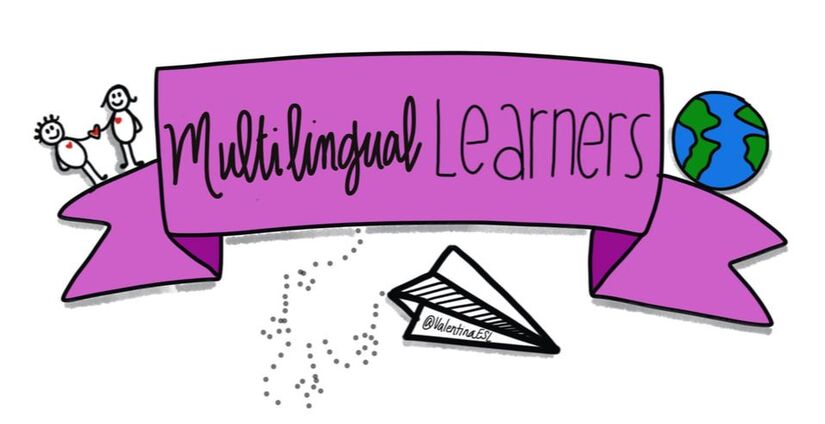
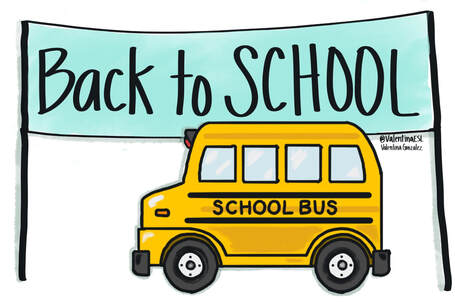
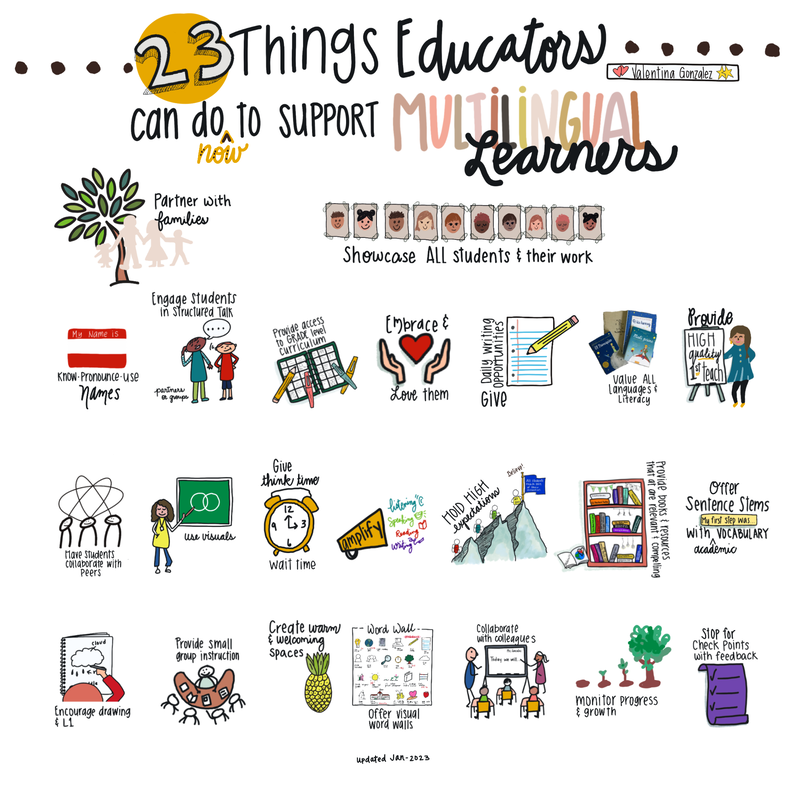
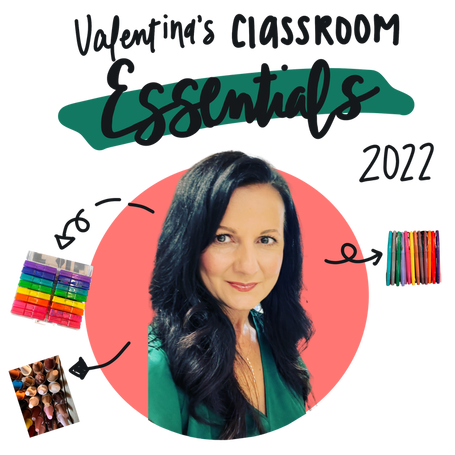
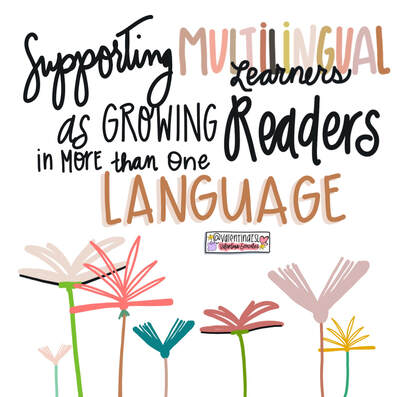
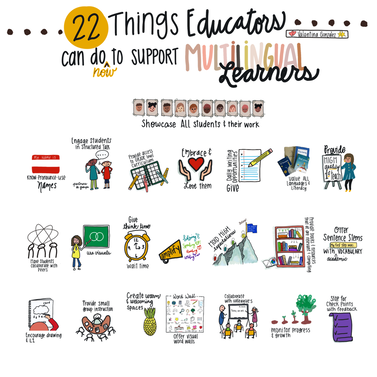
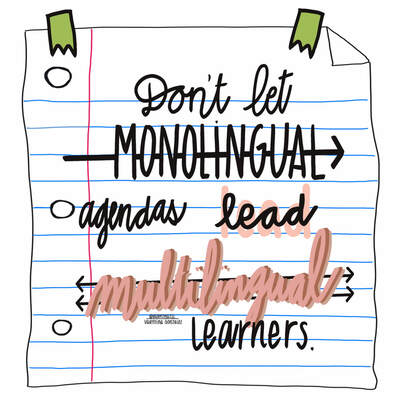
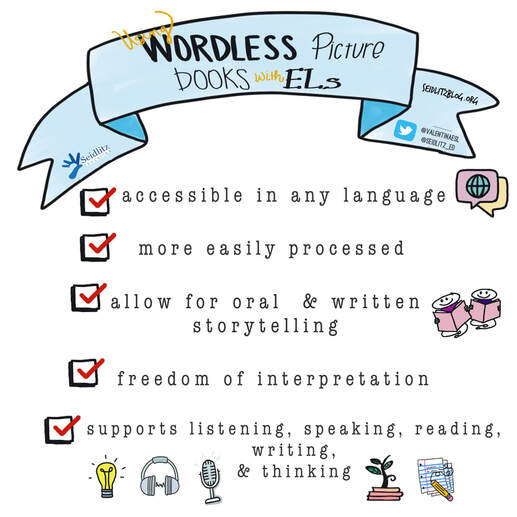
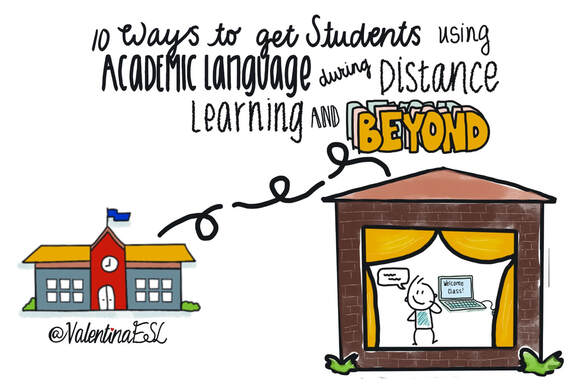
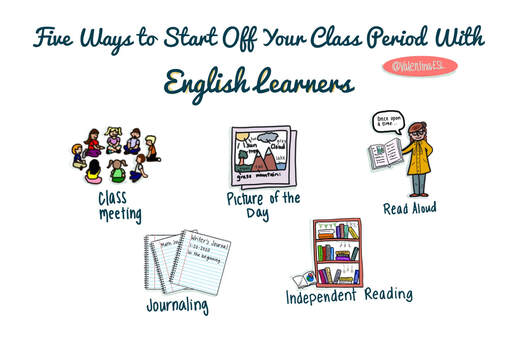
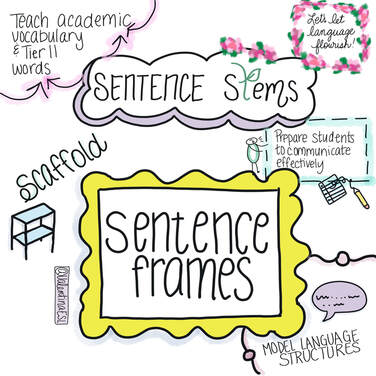
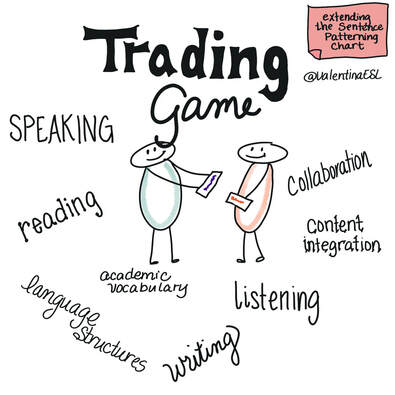
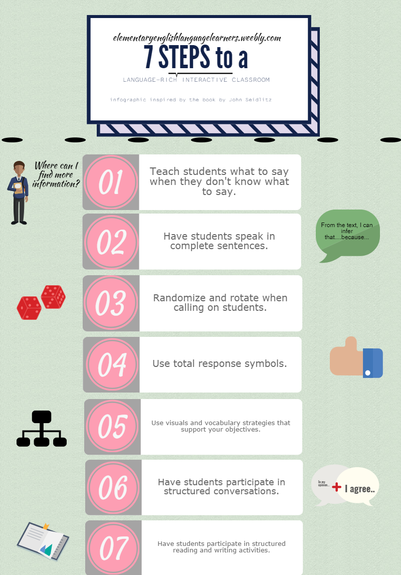
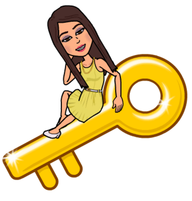
 RSS Feed
RSS Feed
